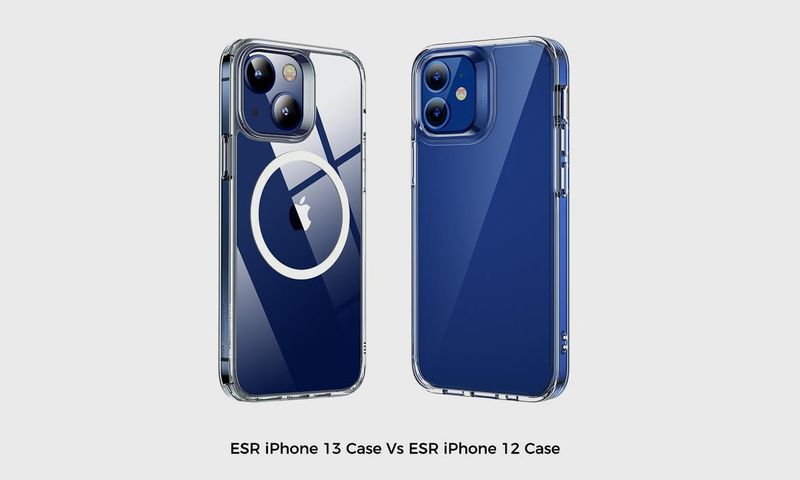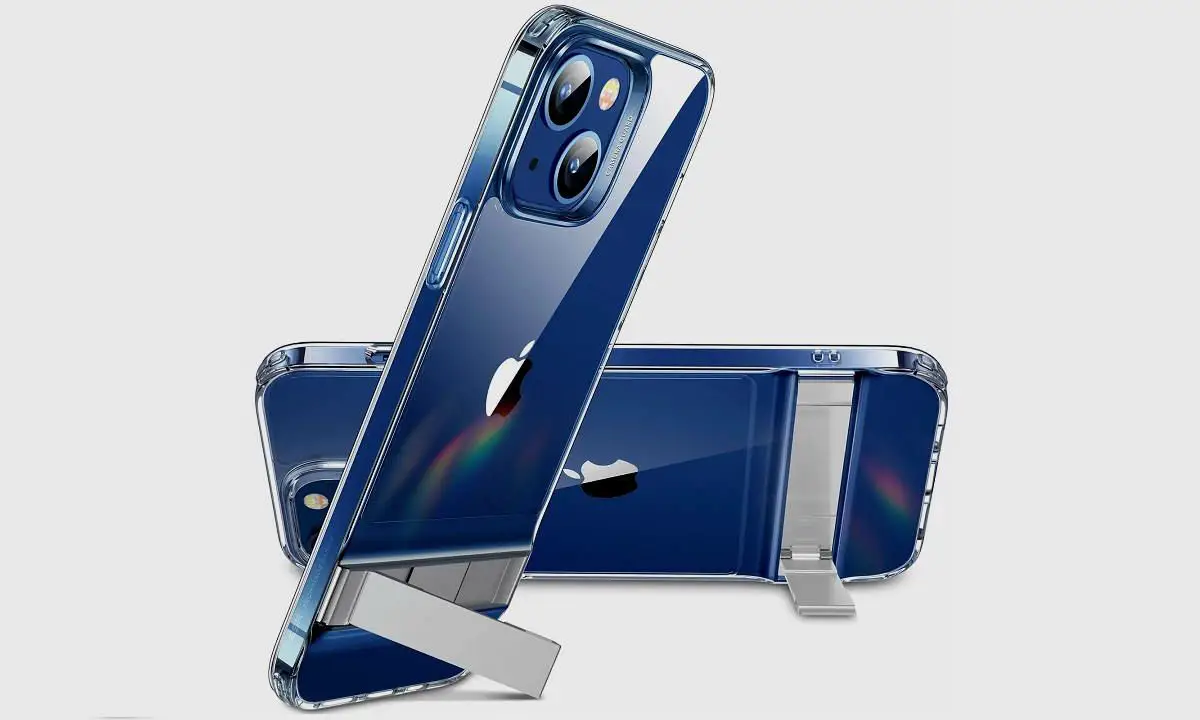The iPhone 13’s debut is rapidly approaching. Despite the fact that we still do not know the precise date, we do not believe it will be before three weeks from now, at most, and so we must wait much longer than that to see if the rumors about the new generation of iPhones (which came even before Apple’s presentation of the iPhone 12
One of the most recent rumors we’ve heard is that the iPhone 13 will feature satellite access. We’re talking about a technology that isn’t particularly shocking, but it is still somewhat unexpected. This functionality gives the iPhone 13 the potential to make calls and send text messages in places with no cellular connection, although it is expected that, at least for the time being, it will only be used for emergency calls.
That being said, this opens up a wide range of possibilities, and it may also be the move that finally brings down satellite phone costs significantly. Although it will still be more expensive than cellular, the growing number of users may allow the network providers to pass infrastructure expenses on to many more people, lowering access and use costs. If the iPhone 13 is real, it could be a “democratizer” of satellite telephony.

However, since there are presently no less than 14 states where satellite communication is strictly controlled or even prohibited altogether, this may be an issue for Apple, and this is the list of them:
- Bangladesh
- Burma
- Chad
- China
- North Korea
- Cuba
- Ethiopia
- India
- Nicaragua
- Russia
- Sri Lanka
- Sudan
- South Sudan
- Turkmenistan
As you can see, the list is lengthy, and if we add China, India, and Russia to it, Apple has three significant markets in which its presence is critical.
As a result, it appears that the debut of this function will be limited to specific nations; as a result, it’s possible that Apple would make the satellite connection-enabled iPhone 13 model available in only a few markets and another iPhone 13 model without this option in the remainder of the world.
This would also make sense in terms of the possible collaboration between Apple and a satellite operator for the deployment of this new feature.





